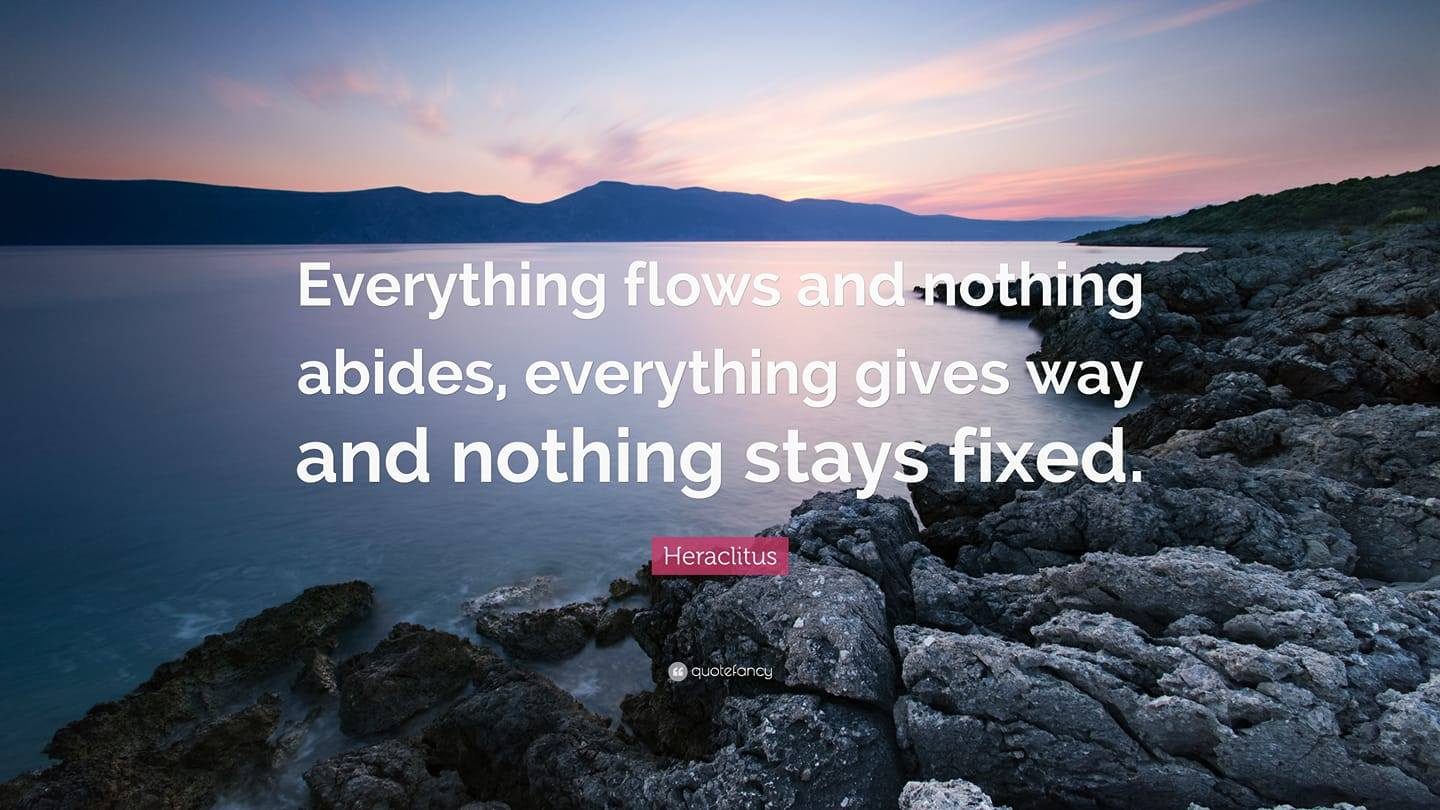
By Rose Langridge – Humanities subjects teacher; Careers Advisor–High School
In 1936 Maria Montessori asked “what is the task confronting education? Its primary goals must be the realisation of the values of the human personality and the development of mankind” (Education and Peace, p. 54).
I think this is still the primary role of the course that we call humanities.
The Tāwari class members make the choice often about the content that they cover in history and social studies. They often choose topics that can be uncomfortable. We acknowledge this and there are set rules for how to discuss things. We need to actively listen to one person at a time and we need to think about our responses. If they are not kind, necessary or helpful then we need to think about whether we need to say what we are about to, and come up with a way to frame things so that we are respectful. If we can do this in a noncontroversial way, then we can move forward and be peaceful in many aspects of our daily lives.
A very common phrase is that in polite conversation one should avoid discussing religion and politics. The reason for this is so that awkward situations do not arise. However, it cannot be denied that religion and politics are two highly influential factors that shape any human society. Humans are the change agents of the world and our cultural markers generate the social world in which we live. I do not think the issue is the content but rather not knowing how to have these courageous discussions in a polite and non-confrontational way.
This is what we should be focusing on.
It is clear that developing the skills to analyse and discuss our world needs to be central to the humanities programme. Being able to equip students with the skills to unpack our world in a meaningful way is imperative given the floods of data that we all encounter on a daily basis.
Both Kawakawa and Tāwari also have a weekly wānanga (seminar). This is a key component of the high school model and relates directly to the principles of education and peace. The purpose of wānanga is to meet, discuss, deliberate and consider things. By learning how to interact with difficult material in this way class members are able to begin to develop their own beliefs about the world and the change that they want to see.
We as adults are far more likely to be rigid. It is children who by their nature are all motion. Giving them the skills to make sense of the world, question where they stand and discuss sensitive topics in a respectful way, may indeed change the world.
They could move us towards peace which would indeed be a great gift not only for them but for us as well.
